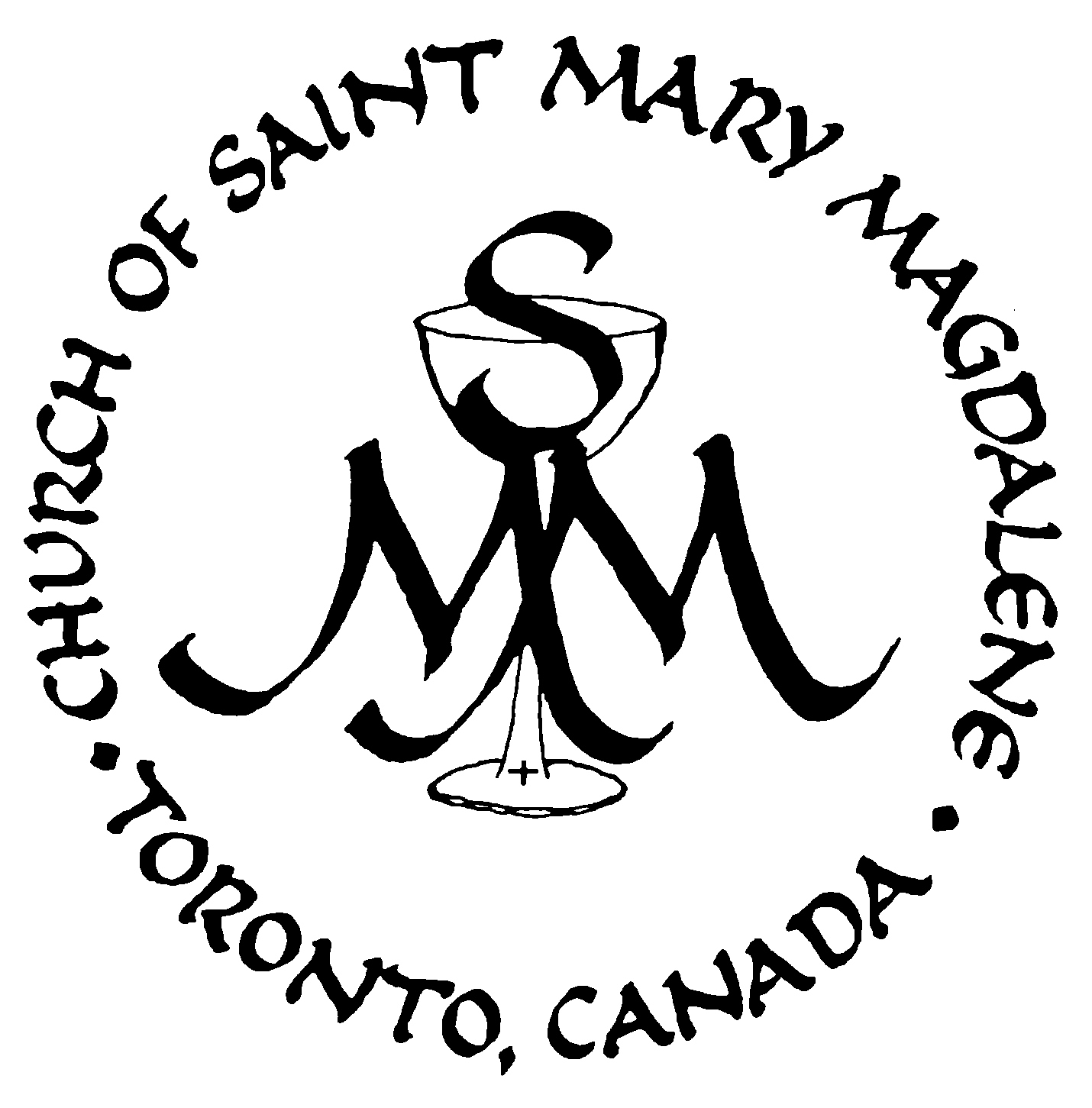Guide to Holy Week and Easter
A Guide to Holy Week and Easter Day.
Holy Week is best experienced in its fullness, day by day. We invite you to enter into the richness of this week of weeks, allowing the powerful liturgies to enter deeply into your body, mind and soul. You will not be disappointed.
Holy Week is "the week of weeks" of our Christian lives. During this week we follow Jesus "from the glory of the palms to the glory of the resurrection, by way of the dark road of suffering and death".
Palm Sunday is a day of sharp contrast. We begin the liturgy recalling Christ's triumphant entry into Jerusalem. With those who greeted him that day, we too wave our palms and shout "Hosanna in the highest". But then the mood shifts. We sing of Jesus the King "riding on in majesty to die". The story of Christ's passion, crucifixion and death is told, and we leave prepared to enter deeply into this holiest of weeks.
On Monday, Tuesday, and Wednesday our daily liturgical observances are intensified. Mass is said twice a day, and on Monday and Tuesday nights we are invited to observe and follow the Way of the Cross.
Tenebrae, which is sung on Wednesday, Thursday and Friday nights of Holy Week, is a SMM tradition reaching back to the 1920s. The service starts in full light, which is gradually reduced to complete darkness except for a single candle, representing the promise of resurrection. It is a liturgy of simple and yet profound power.
The heart of Holy Week is the great "Three Days" (the Triduum), the observances of Maundy Thursday, Good Friday, and the Great Vigil of Easter. Together these three observances form one continuous liturgy.
On Maundy Thursday, we recall Christ's two acts of the night before he died -- the washing of his disciples' feet as an act of service, and the institution of the Eucharist as a sign and symbol of the reality of his death and resurrection. At the end of the liturgy, the sacrament of Christ is placed in the St. Joseph Chapel at the Altar of Repose. We are invited, throughout the evening and night until the next day, to spend time with Christ in the Garden of Gethsemane, as he watches and waits.
On the morning of Good Friday, we walk the Way of Cross in a service particularly designed for children and young people. And then, at noon, we proclaim the passion of Christ's crucifixion and death. In solemn prayer we uphold the needs of our fallen world and then, in remembrance of his death, we receive communion, the sacrament that has been reserved at the Altar of Repose throughout the previous night.
The Great Vigil of Easter begins in total darkness. A new fire and the Paschal (Easter) Candle is lit. In the growing light we hear the great proclamation of Easter (the Exultet), we celebrate the sacrament of baptism and renew our baptismal vows, and then celebrate the first mass of Easter. There is no other liturgy of the Church's year which more fully expresses the mystery of our redemption through Christ's death and resurrection. (And, as if that is not enough, an abundant Resurrection Party follows, including the joyous singing of the Hallelujah Chorus.)
And then, on Easter Day, we celebrate in the full light of Christ's resurrection as we sing our Alleluias. Christ is risen. He is risen indeed. Alleluia!





